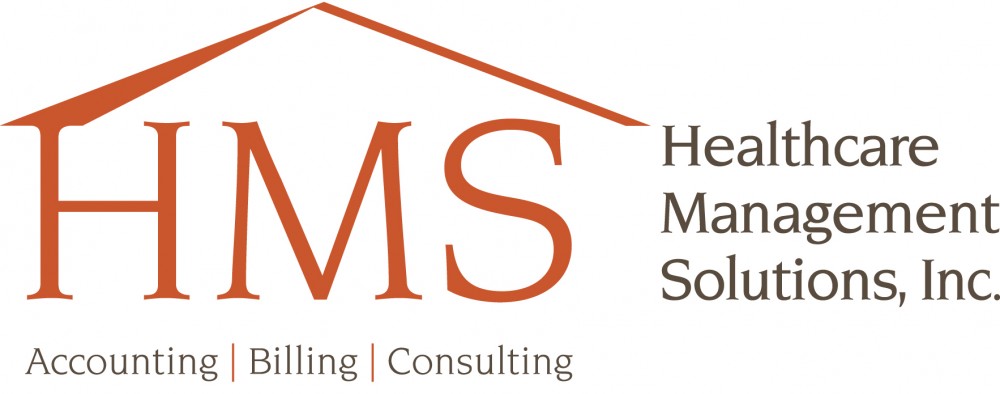As part of the FY 2015 final hospice payment rule, all hospices must self-calculate their aggregate cap and submit them to their Medicare Administrative Contractor (MAC) within five months of the close of the cap year or risk suspension of payment. A final determination of a hospice’s aggregate cap liability will be calculated by the hospice’s MAC at a later time. On Monday, CMS released a spreadsheet and instructions for use by hospices for self-calculating their 2014 aggregate cap. The release of the spreadsheet had previously been delayed as CMS and HHS resolved the most appropriate method for addressing the 2% sequester as part of the overall cap determination. CMS is not requiring that a hospice take the sequester into consideration as part of its initial cap self-calculation. Instead, the hospice’s MAC will incorporate the sequester as part of the final cap liability determination at a later date.
Hospices should anticipate that their MACs will be circulating the pro-forma spreadsheet and instructions for self-calculation of the aggregate cap in the very near future – along with details as to where hospices should send their cap spreadsheets and any overpayment. In order to complete the spreadsheet, hospices should secure information from the Provider Statistical & Reimbursement Report (P S & R) system. However, due to CMS transitioning the P S & R application from the IACS system to the EIDM system, providers have been unable to register to secure access to the P S & R.
Palmetto GBA has issues letters to its hospice providers with the data that will be needed to complete the cap self-calculation. Palmetto has also posted additional information regarding the cap self calculation and submission. Click here to see it.
It is NAHC’s understanding that while neither NGS nor CGS plan to issue letters with the P S & R data needed to self-calculate the cap on a jurisdiction-wide scale, both will still consider requests from individual hospice providers for the necessary P S & R information on a case-by-case basis. NGS and CGS are expected to post additional information on their websites in the near future.
CGS hospice providers who do not have access to their P S & R reports may submit a request to CGS for the cap data by contacting the CGS General Provider Contact Center at 877-299-4500 (select Option 1) and a referral will be made to the CGS Provider Audit department.
NGS providers who do not have access to their P S & R reports may submit an email requesting the information to PS&R@anthem.com.
Click here for information from NAHC, including CMS’ instructions for self-calculation of the aggregate cap.
